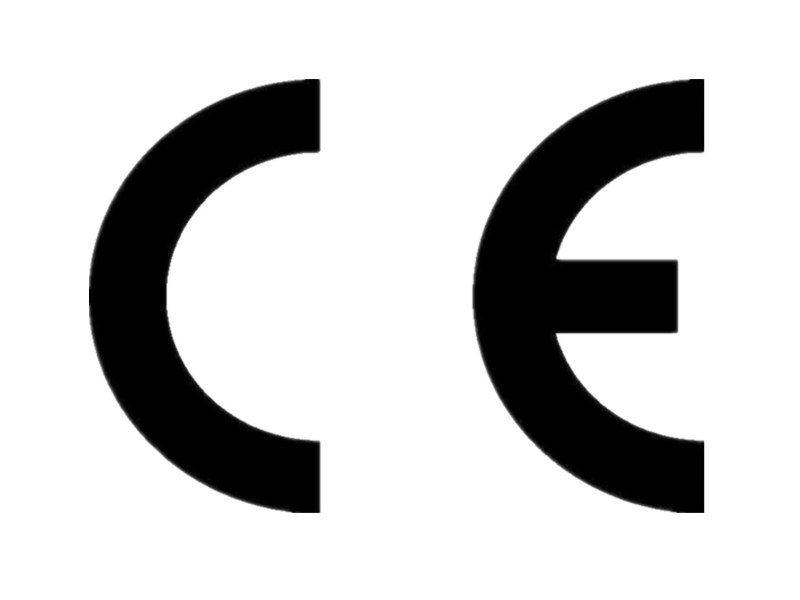How To Identify Stainless Steel Materials 304 And 316
by:East King
2020-08-30
This layer is impervious to water and air, defending the metallic beneath. When the surface is scratched, the layer quickly reforms itself in a course of often known as passivation that's often seen in different metals, similar to aluminum and titanium. Therefore, when food or water or your body is available in contact with stainless steel, it's actually contacting chromium. In addition to the presence of nickel making 304 more corrosion resistant, it additionally make it a lot simpler to press and draw. The absence of nickel in 430 signifies that this grade of stainless steel will probably crack or fail if in comparison with pressing 304.
The BLÜCHER® sanitary discharge system comes in 2 stainless steel grades, AISI 316L and AISI 304. Smooth cuts into up to 1/5-inch thickness material like stainless steel, high alloy steel, aluminum, plastic, FRP and PVC. Carbon steel fasteners have high strength and are generally used for bolting oil and gas pipelines, structural joints, shipbuilding, and automotive merchandise, to call a couple of.
Though carbon is the primary alloy material for iron, some other components similar to tungsten, chromium, and manganese can also be used to find out the hardness, ductility and tensile strength of steel. Heat remedy is a course of which modifications the mechanical properties of steels. This will have an effect on the ductility, hardness and electrical and thermal properties of steel. The chromium provides a layer of chromium oxide over the steel when uncovered to oxygen.
Carbon steel fasteners are often equipped with industrial PTFE coatings for functions which demand power and corrosion resistance with value-efficiency. Stainless steel is completely different from other steel alloys because it doesn’t corrode or rust. Stainless steel is totally different from carbon steel as a result of quantity of chromium current. It accommodates minimum 10.5% to 11% chromium amount by mass, forming a chromium oxide layer which is inert. This is the reason for non-corrosive, anti-rusting attributes of stainless steel.
Other than this, it has the essential properties of steel, as talked about above. The carbon percentage can range depending on the grade – it’s mostly between zero.2% and a pair of.1% by weight.
Custom message












































































